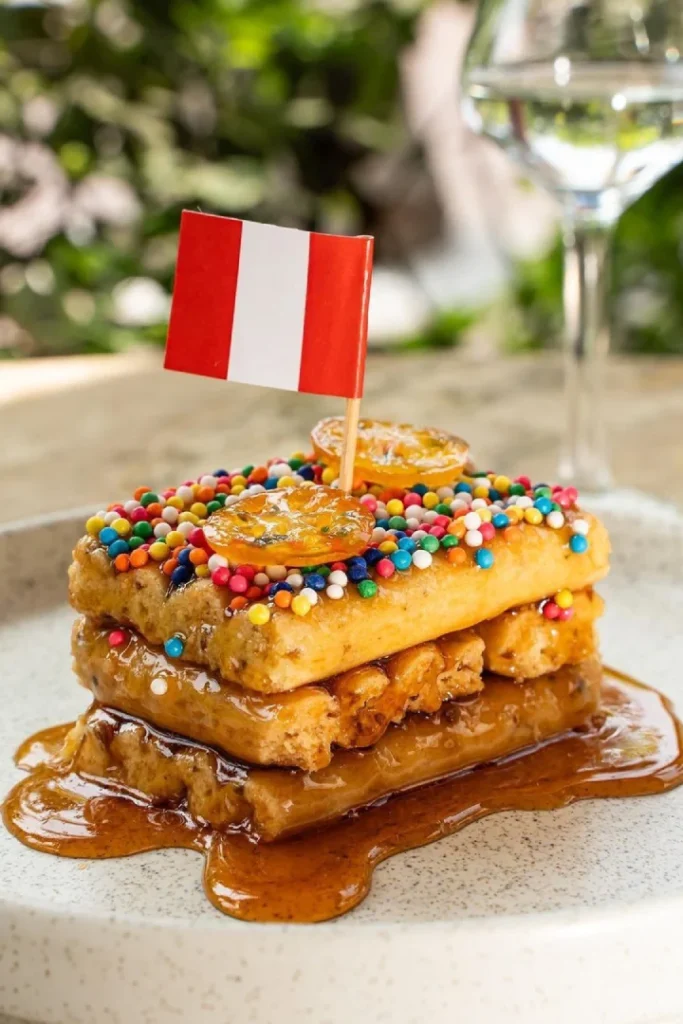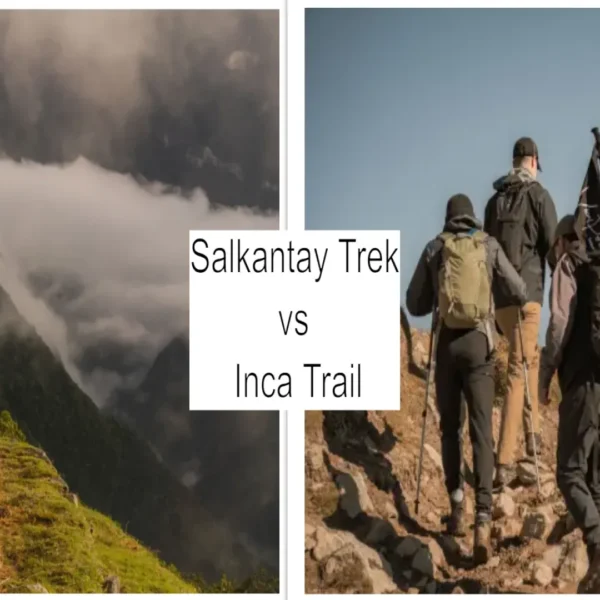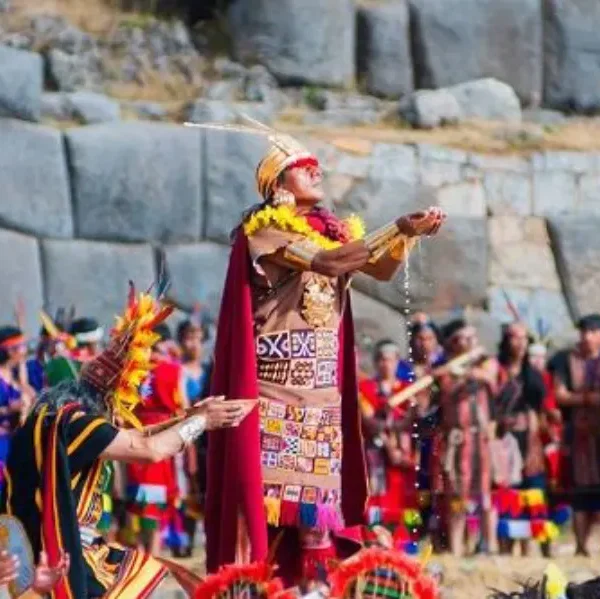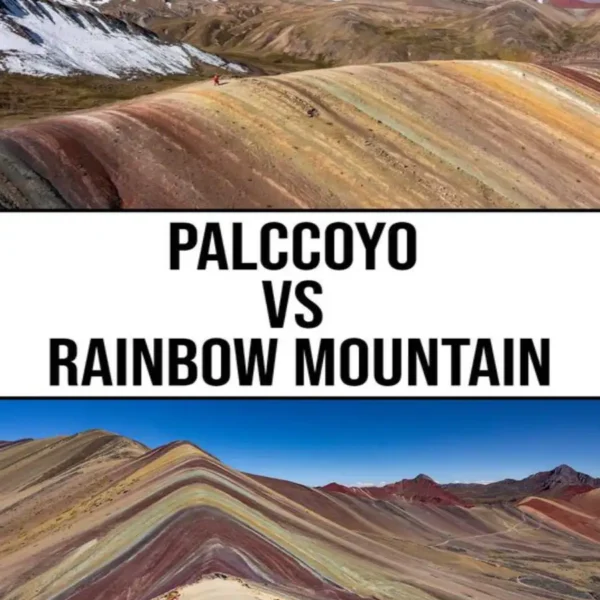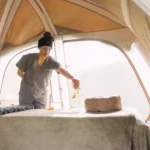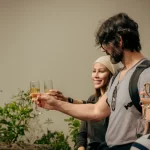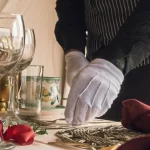Things to do in Peru other than Machu Picchu
Meet and learn with us about the most incredible places apart from the majestic citadel of Machu Picchu.
Cusco – Rainbow Mountain Vinicunca
The rainbow mountain appearance of Vinicunca is due to “a complex geological history of marine, lake and fluvial sediments”, according to a report by the Cultural Landscape Office of the Decentralized Directorate of Culture of Cusco.
Tourist access requires a two-hour drive from Cusco and a walk of about 5 kilometers (3.1 mi), or a three-and-a-half-hour drive through Pitumarca and a one-half-kilometer (0.31 mi) steep walk (1–1.5 hours) to the hill.
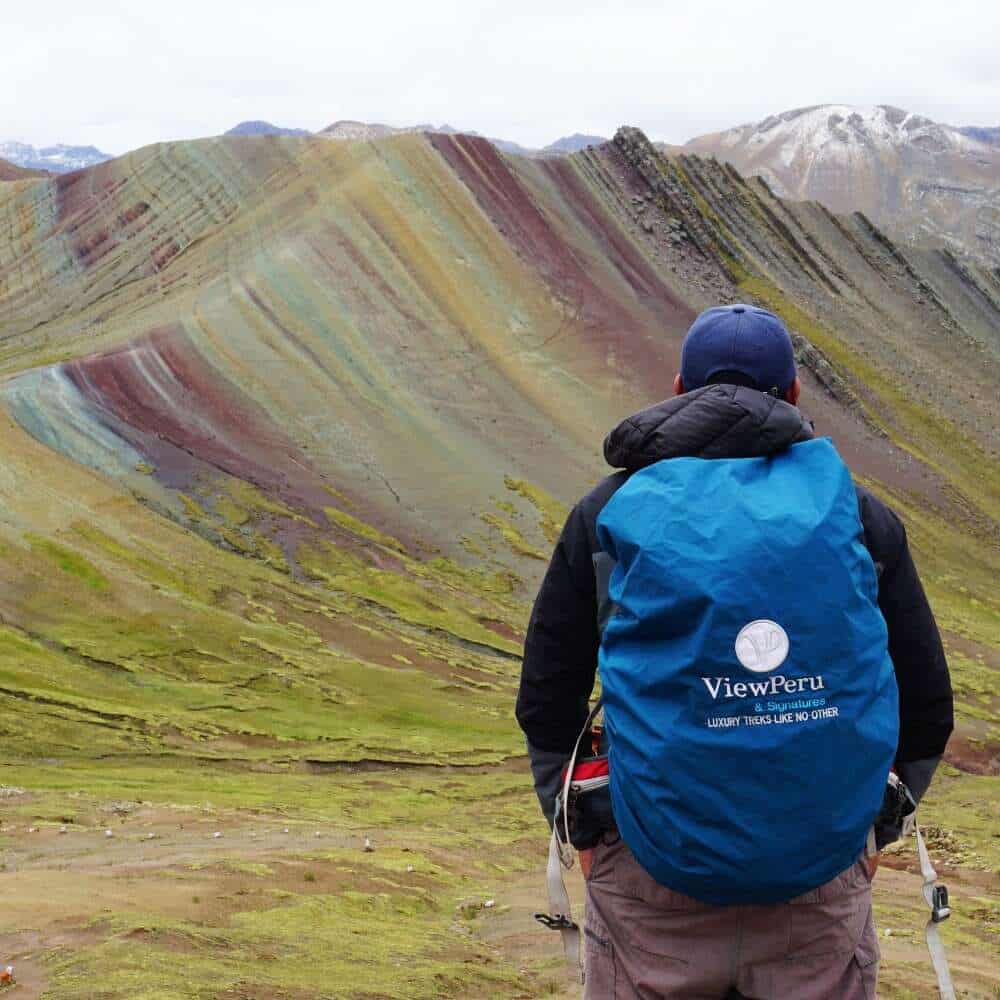
Cusco – The Andean Barroque Route
Discover the Andean Baroque Art of four living temples of Cusco, where your visit benefits the local population, through the social works of the Jesuits. Churches included in the route:
Society of Jesus Church
The construction of the church began in 1576 at the initiative of the jesuits on the top of the Amarucancha, the Palace of the Inca Huayna Capac. The church is considered to be one of the most beautiful representations of the colonial baroque art in America. Its spectacular façade, the highest of the Cusquenian churches, is entirely made of stones. Inside, one can see an altar covered with gold leaves built over an underground chapel. The church has a significant collection of sculptures and paintings such as “the wedding of Ignatius of Loyola’s nephew”.
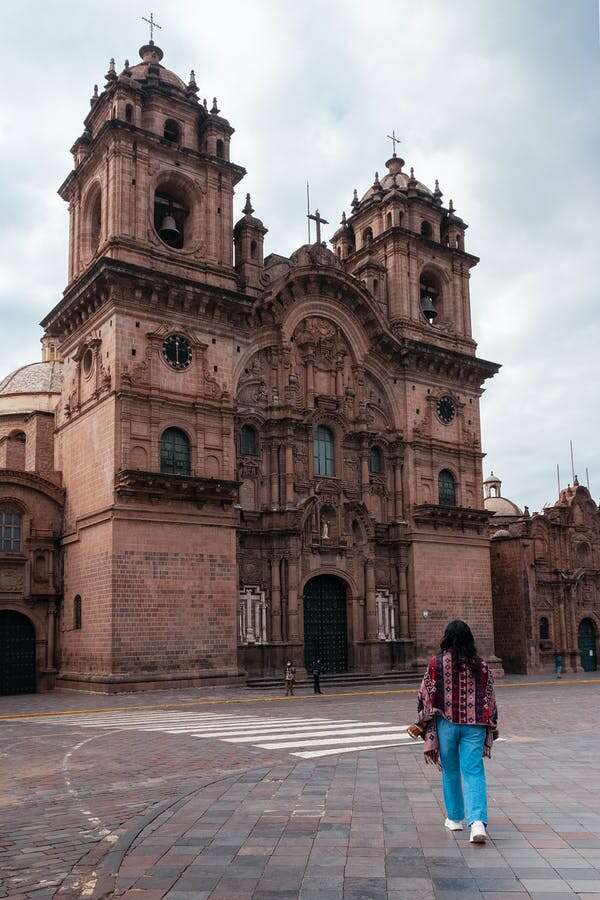
Saint Peter the Apostle Church – Andahuaylillas
This is nicknamed the Sistine Chapel of the Andes because of the magnificent frescos adorning its walls. Andahuaylillas is a small town located 45 km away from Cusco. The church, probably built on an ancient Inca site at the end of the 16th century, is covered with murals. One of them is signed by the Limenian painter Luis de Riaño in 1626.
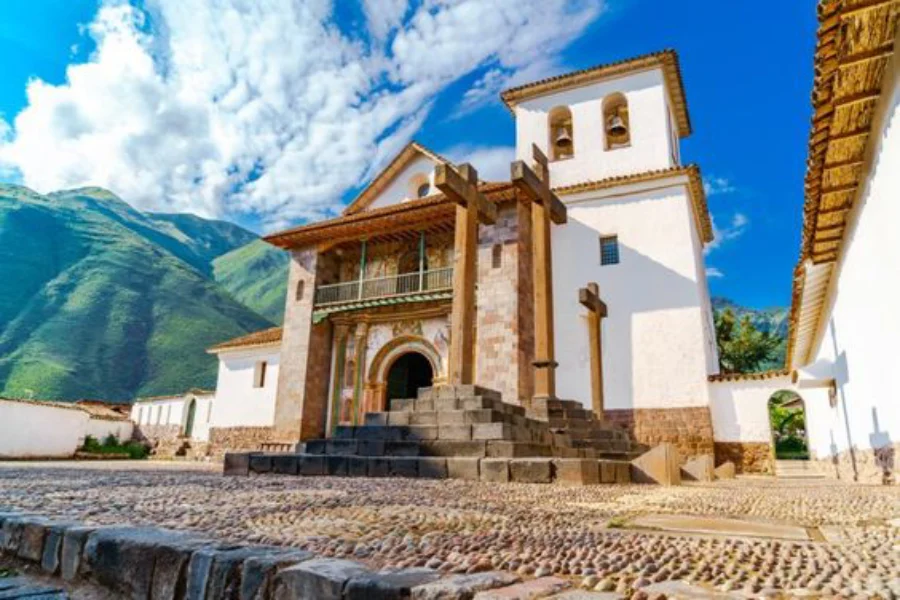
Saint John the Baptist Church – Huaro
The small town of Huaro is located 4 km south of Andahuaylillas. Its white church dedicated to John the Baptist was built at the end of the 17th century. It
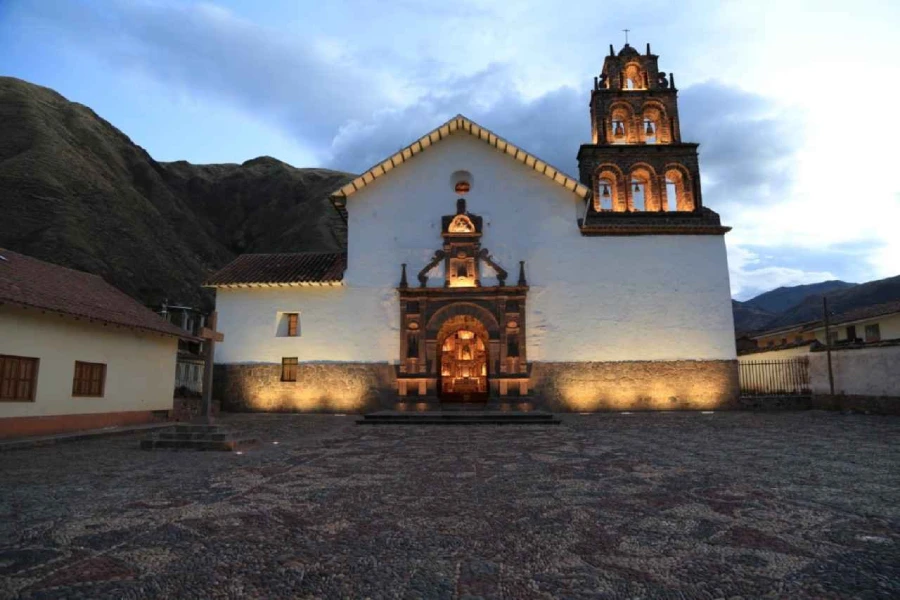
Canincunca Chapel – Urcos
The Canincunca chapel dedicated to the Virgin of Candelaria was probably built at the beginning of the 17th century for the purpose of evangelizing the indigenous populations. It stands above Urcos´ lake on a significant pre-Hispanic site. The cemetery that sits on the hill behind the chapel holds remains that date back to the Incan Empire. The inside of the chapel contains an Andean Baroque iconography such as representations of viscachas and a representation of the Virgin of Candelaria.
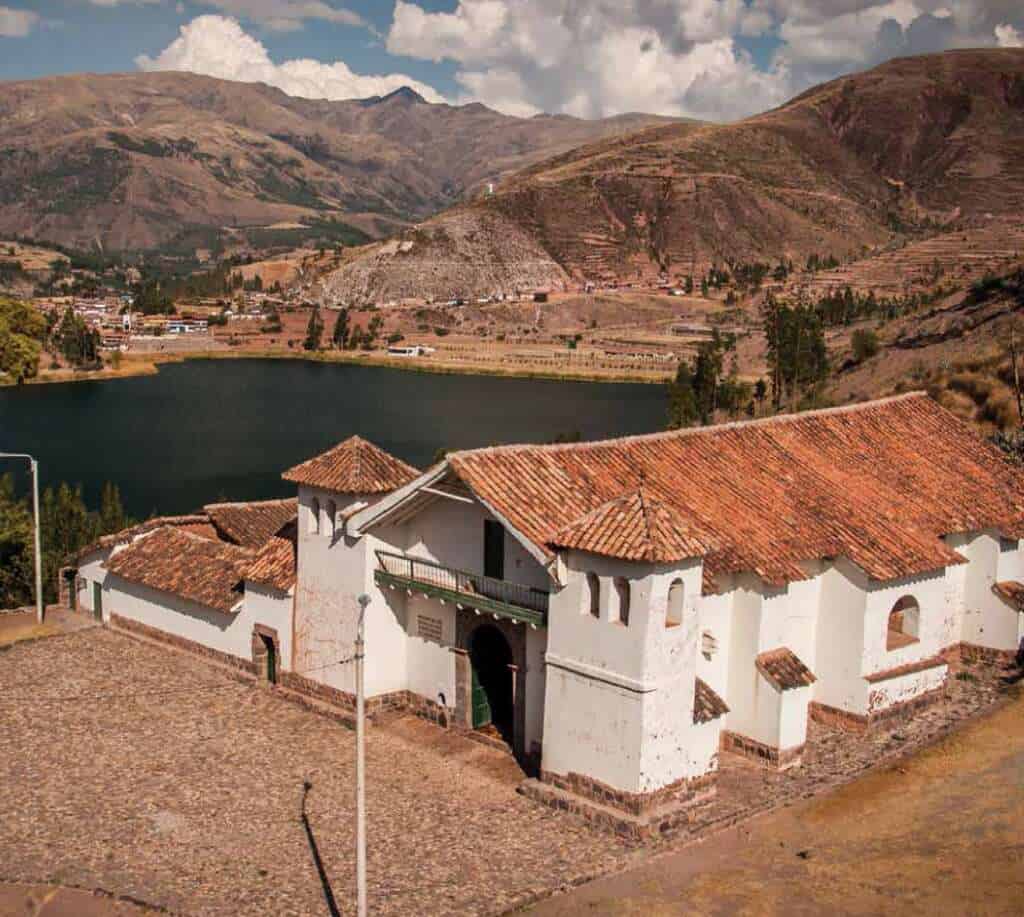
Cusco – San Blas artisans Neighborhood
San Blas, known as the “artisans’ neighborhood”, is an invaluable area within Cusco’s Historical Center that maintains its classical original state, with narrow, stone-cobbled streets. Visitors may easily find and walk through this neighborhood because it is only four blocks away from Cusco’s Plaza de Armas
The San Blas Neighborhood includes a number of very interesting places to visit at day and night, streets rich in art and culture, that will become some of your best experiences in the magical city of Cusco.
The San Blas slope begins at the street called “Choque Chaqa”, where you will get a first impression of what the other streets are like that connect to the small plaza. Here you will find:
Galleries and workshops: The galleries and workshops of Cusco’s best-known artists are at your disposal, where you can have a look at their work and perhaps buy something that catches your eye.
San Blas Square: At the top of the slope, you will come into the San Blas square, a small rendezvous spot where you can take a break and relax. From here you can easily reach two of the most visited sites in the area: the San Blas Temple and the Gallery of Hilario Mendivil and Family.
Visiting the area by day is wonderful, but at night the city lights up and it is a sight you definitely do not want to miss. The local shops light up attractively in the evening and become popular spots, especially the bars as Limbus Resto Bar: As its name indicates, this is a restobar. The Meeting Place: This spot is on the San Blas Square and will make you feel right at home; and many much more
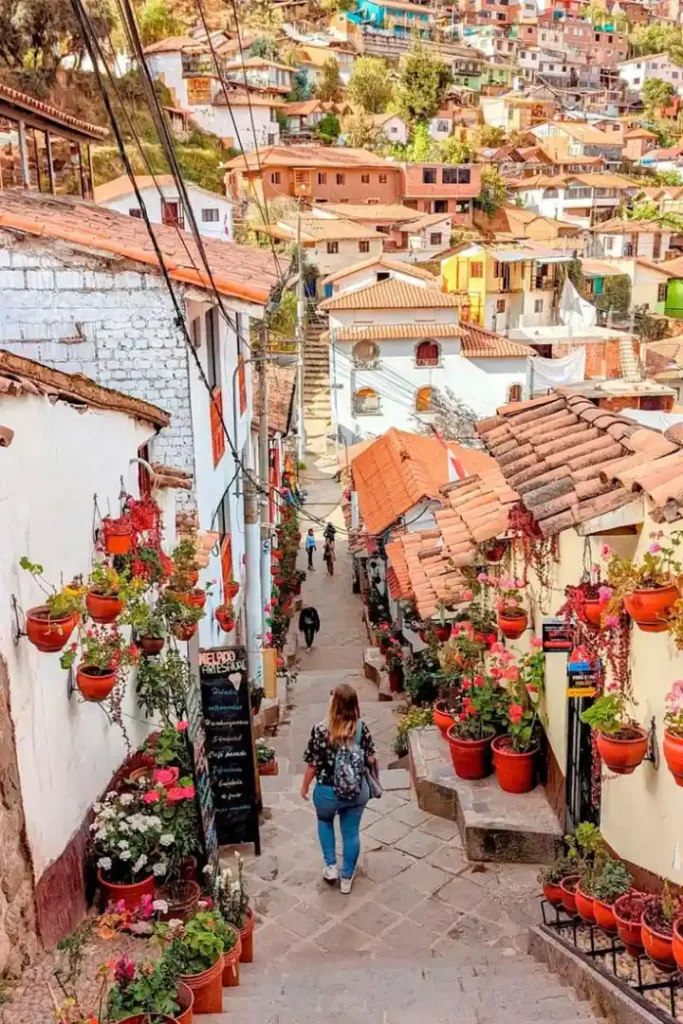
Paracas & Nazca
In the near south of Lima, we can find the beautiful bay and Natural Reserve of Paracas and the enigmatic Nazca lines. Head south of Lima to the Paracas Reserve and Islas Ballestas where you can watch sea lions, Humboldt penguins, flamingoes and other protected species live in harmony within Paracas National Reserve, which gets its name from the sandstorms, or “Paracas” that are common to the area; Visitors who cross by boat to the Ballestas Islands, where literally thousands of sea lions live.
Then drive through the Ica Desert and take a flight over the incredible Nazca Lines, ancient geometric shapes and depictions of animals, best viewed from above and that have fascinated archaeologists for generations. They extend over an area of nearly 190 square miles (500 square km).
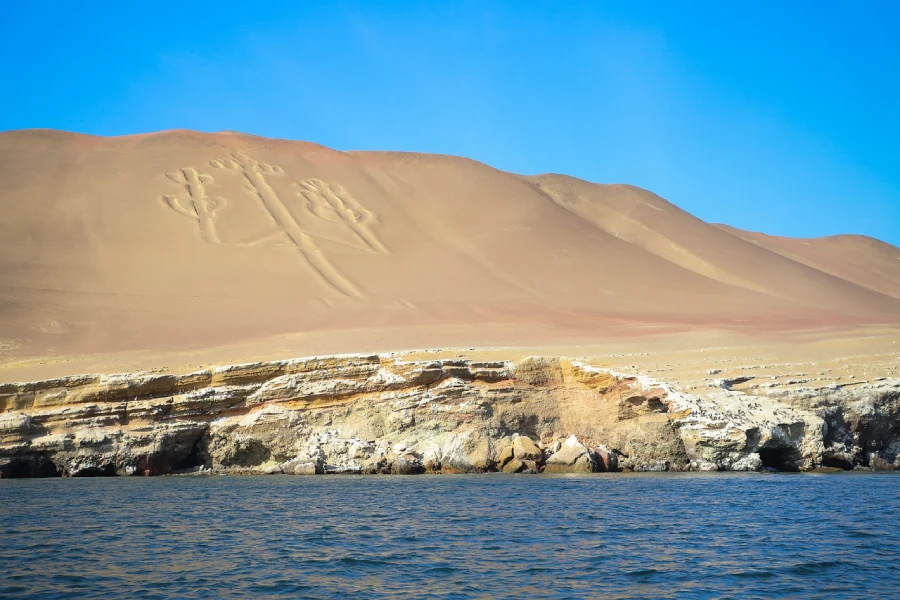
Arequipa
Arequipa, the second most important city of Peru, is dominated by its volcanoes. This is apparent in the walls of its streets, buildings and churches; in the wonderful geography that has created a fertile valley and one of the world’s deepest canyons. Imagine yourself enjoying the warm waters of a thermal pool as you look out towards green mountains crowned with perpetual snows.
Arequipa has the Colca Canyon that is a canyon of the Colca River in southern Peru, located about 160 kilometers (99 mi) northwest of Arequipa. With a depth of about 1000 – 2000 m (3300 – 6600 ft) (whereas bottom is at 2000 m and edges are at 3000 – 4000 meters above the sea level), it is one of the deepest canyons in the world.
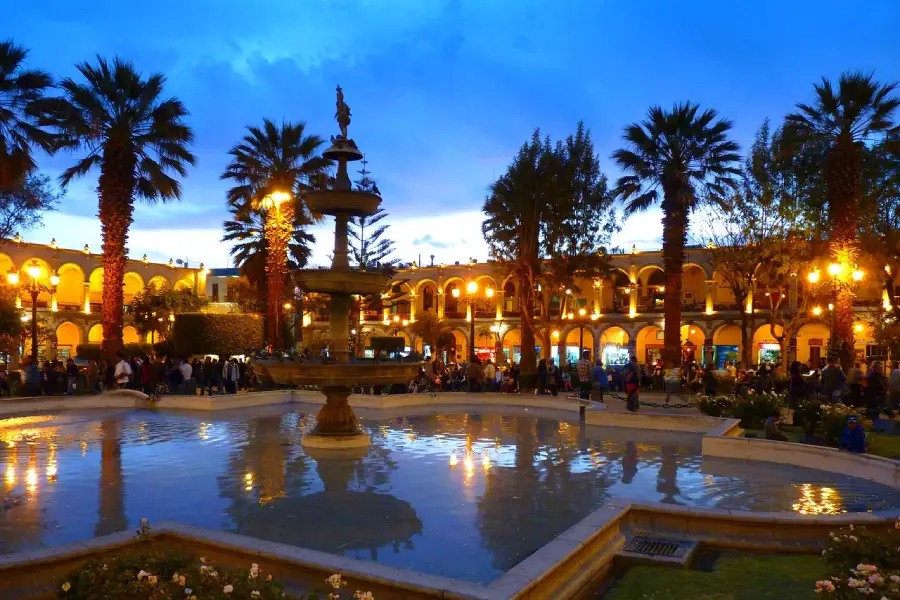
Puno
This is a day of feelings and knowing. Today we will be in one of Great city located in the highland of Peru. This city has the biggest alpaca genetic reserve can be found while visiting Puno
Also has the highest lakes in the world, the Lake Titicaca is the largest freshwater lake in South America and the highest of the world’s large lakes; is 3 810 m above sea level and is situated between Peru to the west and Bolivia to the east.
With its Uros and Taquile islands, which are floating islands made out of reeds. The islands, floating in the lake, are constructed from many layers of these reeds, which are constantly being added to on the top layer as the bottom half rots away.

Chan-Chan, the oldest Pre-Inca citadel
One of the most relevant and important things that Peru has are the culture and archaeological sites to visit. And among other, we have Chan Chan, the largest city of the Pre-Columbian Era in South America and the largest adobe (mud brick) city in the world. The entire complex spanned over more than 20km² and it is estimated to have had over 30,000 inhabitants at the top of its glory while the Chimu Kingdom had more than 500,000 inhabitants.
The ruins of Chan Chan, which cover nearly 14 square miles (36 square km), are in fairly good condition because the area is usually rainless. The building material used was adobe brick, and the buildings were finished with mud frequently adorned with patterned relief arabesques.
According to the archaeologist in charge of the project for the ‘Restoration of the perimeter walls of the walled complex Utzh An (Great Chimu)’, Henry Gayoso Rullier, the sculptures are probably the oldest known on this site. “They could belong to the middle stage of Chan Chan, between 1,100 and 1,300 AD”, he said.
The remains of this vast city reflect in their layout a strict political and social strategy, emphasized by their division into nine ‘citadels’ or ‘palaces’ forming independent units.
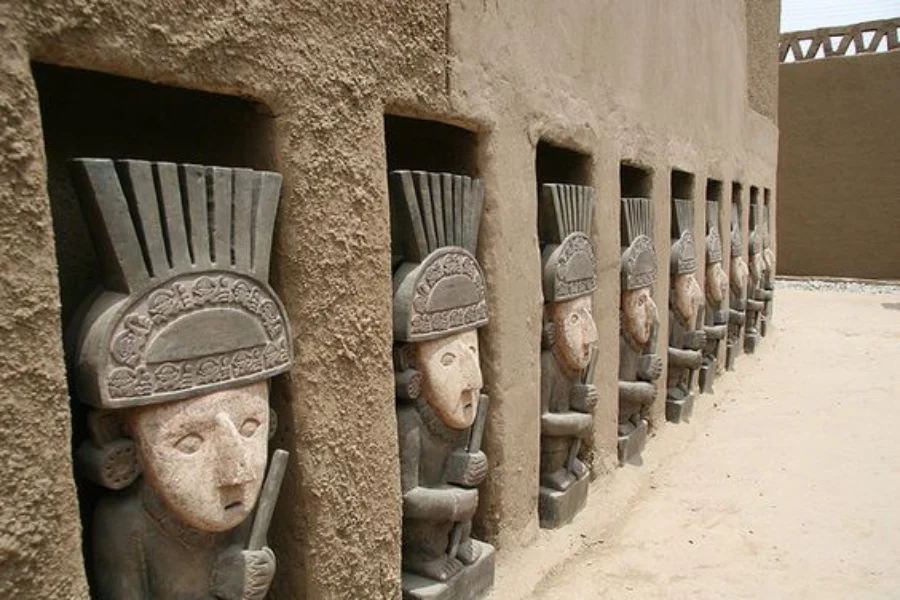
The Amazon incredible river
The Amazon River is incredibly majestic and large.
In our country we are lucky to have three incredible tropical jungle destinations; Loreto, Tambopata and Manu, among other towns that are located on the banks of the river
Loreto is adventure, biodiversity and an enviable heat: everything that Loreto has to offer, and in the capital city, Iquitos, there are lot of experiences that can be can delighted to everyone. Dream landscapes and the perfect setting for lovers of adventure sports. Also, there are some very exclusive Amazon Cruise that offer endless expanses of the river come together with a first-rate service to create a magical environment, an experience never to forget
Then, in our Amazon jungle, there is Tambopata. This place harbors some of the wildest, least impacted habitats in the Amazon and the world. The reserve of Tambopata plays host to over 1,000 species of butterflies, 100 species of mammals, around 600 species of birds, and hundreds of species of trees and plants. In fact, this reserve and surrounding region are one of the most biodiverse places on the planet!
The Manu, this huge 1.5 million-ha park has successive tiers of vegetation rising from 150 to 4,200 m above sea-level. The tropical forest in the lower tiers is home to an unrivalled variety of animal and plant species
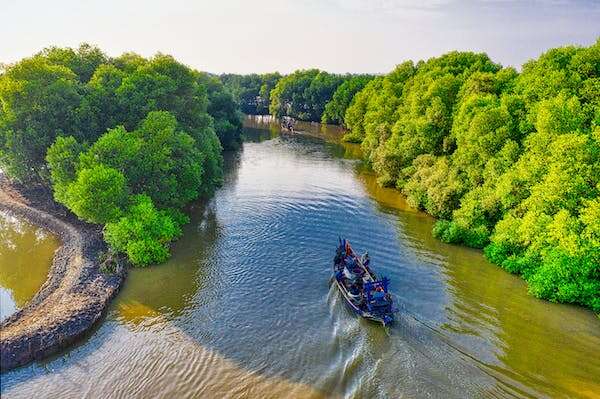
Ausangate treck
Apu Ausangate is a snow-capped mountain with special significance to the Quechua-speaking population of Peru. This mountain is the fourth highest peak in Peru. Standing at 6,372 meters, it is also the highest in the Vilcanota Mountain Range
The mighty mountain of Ausangate looms off in the distance and can be seen from the Imperial City of Cusco. This incredible mountain boasts one of Peru’s most diverse and incredible circuit hikes: the Ausangate trek. The Ausangate trek is a high-altitude challenge and the entire hike never dips below 14,000 feet.
The most common Ausangate trek route is a 6-day circuit, which includes a day trip out to the wildly popular Rainbow Mountain. En-route, walk among hundreds of alpacas and llamas. If you’re lucky, spot wild vicuñas roaming across the alpine landscape. There is a plethora of viscachas, a high alpine rodent, bouncing jovially along the path. Appreciate the diverse glacial peaked mountains and walk right next to vivid blue alpine lakes.
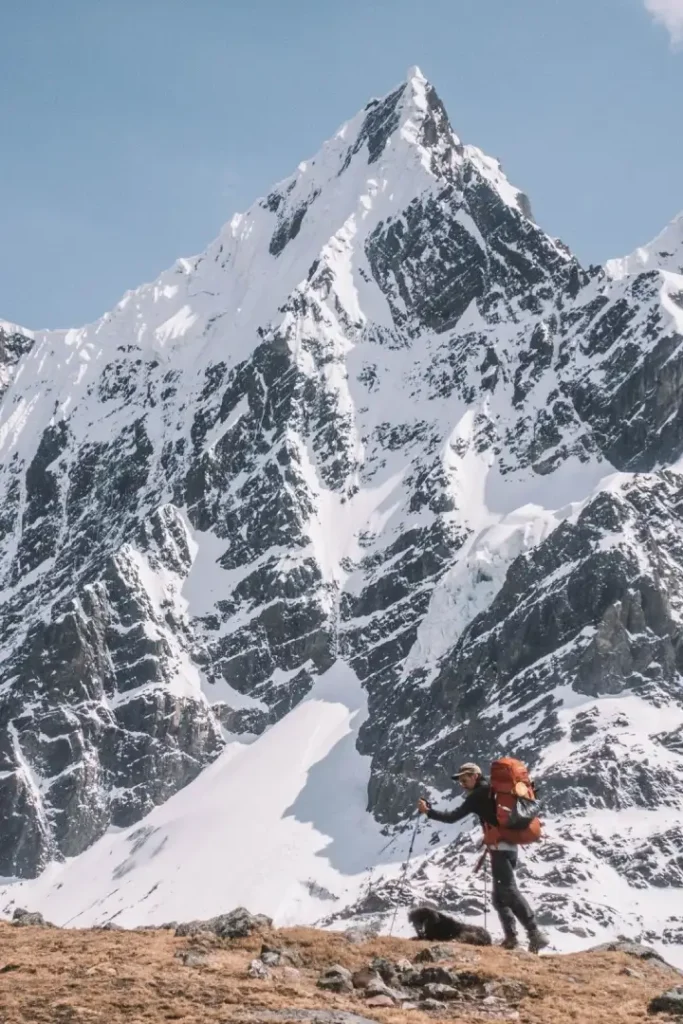
Lima and its gastronomy experience
In the last years, Peru has been recognized as one of the world’s best culinary destinations, a perfect option for foodie tourism. The country’s gastronomic boom owes a great deal to its biodiversity along with its multicultural heritage.
In the last years, Peru has been recognized as one of the world’s best culinary destinations, a perfect option for foodie tourism. The country’s gastronomic boom owes a great deal to its biodiversity along with its multicultural heritage. The mix of flavors in Peruvian cuisine reflects the mix of cultures that have arrived in Peru over the last 500 years.
And Lima, the capital of the country has developed a very great gastronomy experience. To begin with, the vast majority of restaurants offer different and surprising food. From very typical meals, oriental fusion to specialized cuisine with some world-renowned restaurants that offer gourmet food.
Likewise, experiences have been developed visiting markets and then going to restaurants, others where passengers are taught to prepare their food; walking tours and even some that are done by bicycle. Lima offers all kinds of experiences
